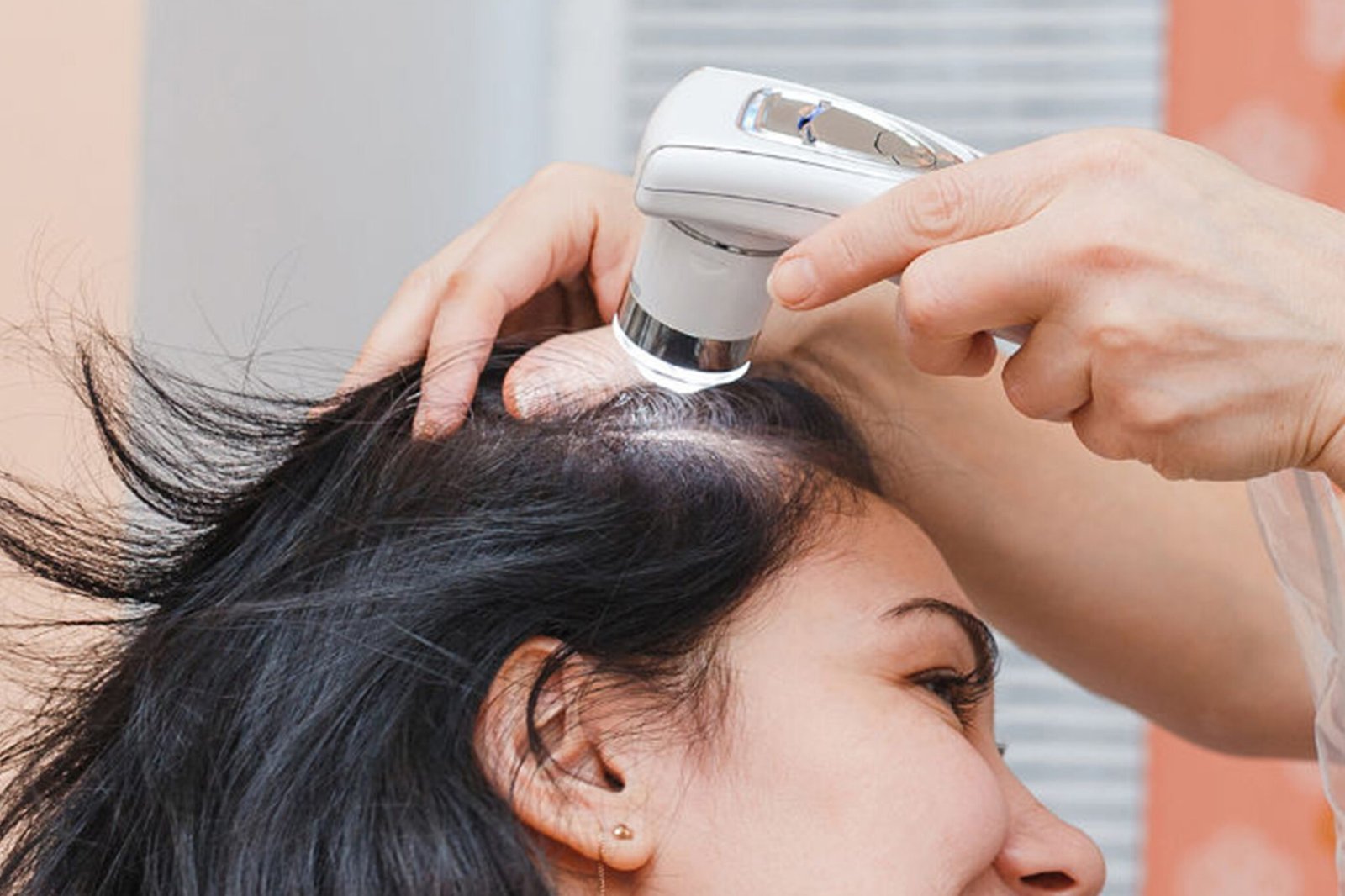
What is Exosome Hair Loss Therapy?

Exosome therapy is a new hair loss treatment that cultivates your skin cells to produce new hair follicles. This therapy is most useful for persons with genetic hair loss, especially those who have failed to respond to other treatments. It is highly recommended for patients with thick hair and for those who do not wish to undergo surgical operations for hair restoration.
How Exosome Therapy Works
Exosomes refer to extracellular signals, that are in the form of blisters that are responsible for cell signaling in multicellular organisms. These vesicles transmit information that affects the behavior of cells and encourage activities such as growth and healing. Exosomes are formed from the fusion of cells and contain a combination of DNA, RNA, and proteins that influence cell behavior.
In hair loss therapy, exosomes extracted from human amniotic mesenchymal stem cells are isolated and purified through a process exclusive to this product. These exosomes are administered to the scalp, where they work to activate hair follicles and promote hair growth and repair.
Benefits of Exosome Hair Loss Therapy
• Minimal Downtime: Exosome therapy is a non-invasive procedure done on an outpatient basis and is not painful at all.
• Natural-Looking Results: This treatment is meant to encourage hair growth from within and therefore result in increased hair density and health without having to use dangerous drugs or go for surgery.
• No Incisions or Anesthesia Required: In contrast to hair transplant, exosome therapy does not involve surgery and therefore does not need anesthesia.
How is Exosome Hair Loss Therapy Applied?
Microneedling is the procedure through which exosome therapy is administered since it entails creating micro-injuries on the scalp. These micro-injuries stimulate the healing process of the body and enhance the delivery of the exosomes to the derma of the scalp for the best outcome.

FAQ
How do exosomes help treat hair loss?
Exosome therapy is cellular in its application and it plays a role in the growth and development of hair follicles. The growth factors and cytokines in exosomes enhance the angiogenesis and hair follicle stem cells, which increase the blood supply, nutrient supply, and follicle repair.
Is Exosome Hair Loss Treatment Suitable for Everyone?
Exosome therapy is generally safe for most individuals experiencing hair thinning or loss. However, it may not be suitable for those with certain medical conditions, allergies, or those taking medications like blood thinners. A thorough consultation with our dermatologists will determine if this treatment is right for you.
How long do the results last?
The effectiveness of exosome therapy may also depend on the genetic makeup, lifestyle, and hair treatment of the patient. Although it promotes hair regrowth and enhances hair density, maintenance sessions may be required to retain the outcome.
Are Exosome Hair Loss Treatments Painful?
It is relatively discomforting with only slight pain or pins and needles sensation when the microneedling is being done. Before the procedure, a topical anesthetic is used to reduce the chance of pain during the treatment.




